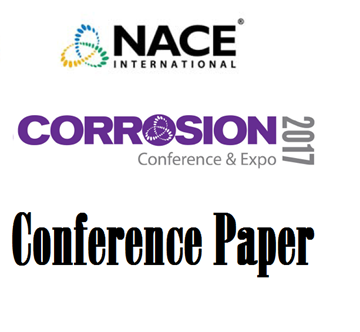Search
51312-01203-Using Modeling to Interpret and Expand CP Survey Data
Also Purchased
09126 Preparing for Close-Interval Survey
Product Number:
51300-09126-SG
ISBN:
09126 2009 CP
Publication Date:
2009
$20.00
10057 Field Survey Results of a Recent Developed CP Survey Set to Improve the ECDA Process
Product Number:
51300-10057-SG
ISBN:
10057 2010 CP
Publication Date:
2010
$20.00
The AC Close Interval Survey and Other Common AC Measurement Errors
Product Number:
51317--9455-SG
ISBN:
9455 2017 CP
Publication Date:
2017
$20.00




